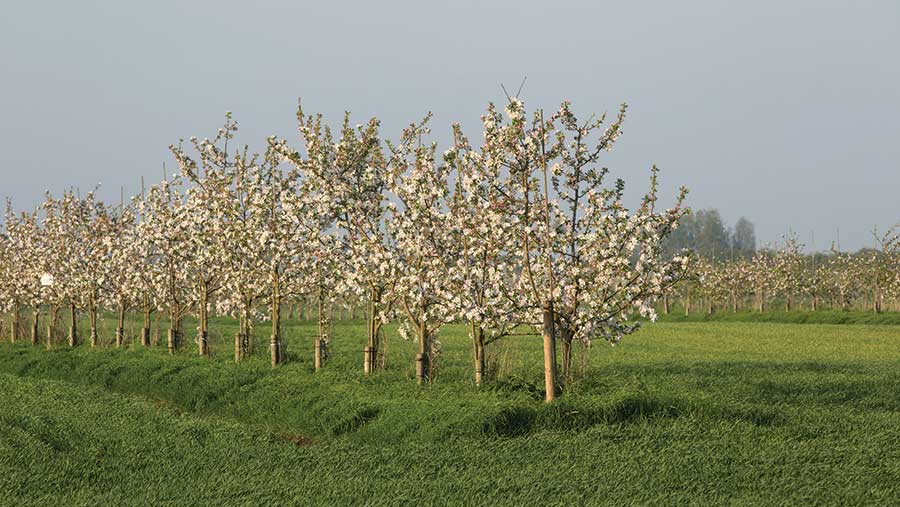Advertiser content
The win-wins of regenerative agriculture
 Photo Credit - Tim Scrivener WTML
Photo Credit - Tim Scrivener WTML Regenerative agriculture has experienced a sharp rise from a niche concept to a commonplace strategy across the UK agricultural sector. It holds promise as a win-win strategy to address net zero and long-term farm productivity.
Centred around improving and revitalising soil health, regenerative agriculture can be defined as any form of farming, which at the same time benefits the environment.
Regenerative agriculture’s loose definition offers farms the freedom to interpret it as most appropriate to their system, encouraging widespread uptake across a diverse range of farm businesses.
The rapid growth of Groundswell, the UK’s annual festival of regenerative farming, illustrates the momentum behind this movement.
The prospect of cutting inputs and costs, against a backdrop of volatility in feed, fuel and fertiliser markets, is appealing to most farms.
When also considering the need for businesses to adapt to the restructuring of the farming subsidies and to reverse declining soil carbon stocks, it is clear to see the major role regenerative agriculture could play for years to come.
It is shaped by a set of five core principles which cover a range of holistic land management practices. By embracing the following principles farms can begin to regenerate their soils:
- Minimise soil disturbance – Assess where tillage and chemicals can be limited
- Maximise crop biodiversity – Increase diversity in main crop rotations and integrate herbal leys
- Keep the soil covered – Plan rotations to include cover crops and over-winter growth
- Maintain living roots year-round – Limit fallow periods and consider arable reversion
- Integration of livestock – Utilise grazable cover crops and temporary grass leys
There are several win-win outcomes associated with regenerative agriculture, with the evidence base rapidly growing.
Applying these five principles undoubtedly provides an array of environmental and social benefits, including reduced emissions, increased biodiversity and enhanced public goods, whilst also boosting farm financial performance.
Recent findings from a research partnership between the Allerton Project, NIAB and Syngenta have associated UK regenerative agriculture with higher farm profitability.
The project offers independent scientific evidence of up to 36% increase in net profit versus a conventional plough-based arable system, despite a slight drop in yield.
This is alongside consistent improvements in carbon footprint, earthworm number and soil carbon.
Regenerative agriculture is not only good for farmers, it also delivers clear win-win contributions to the agricultural sector’s shared goals of progressing towards net zero targets and reversing nature decline.
Find out more about regenerative agriculture in the Lloyds Bank technical factsheet.
Lloyds Bank has a range of further support for the sector, just visit their Sustainable Agriculture hub.
Lloyds Bank plc. Authorised by the Prudential Regulation Authority and by the Financial Conduct Authority and the Prudential Regulation Authority under Registration Number 119278.
Provided by
Lloyds Bank is committed to being a leading UK commercial bank for sustainable growth, helping our clients’ transition to sustainable business models and operations, and to pursue clean growth opportunities.
